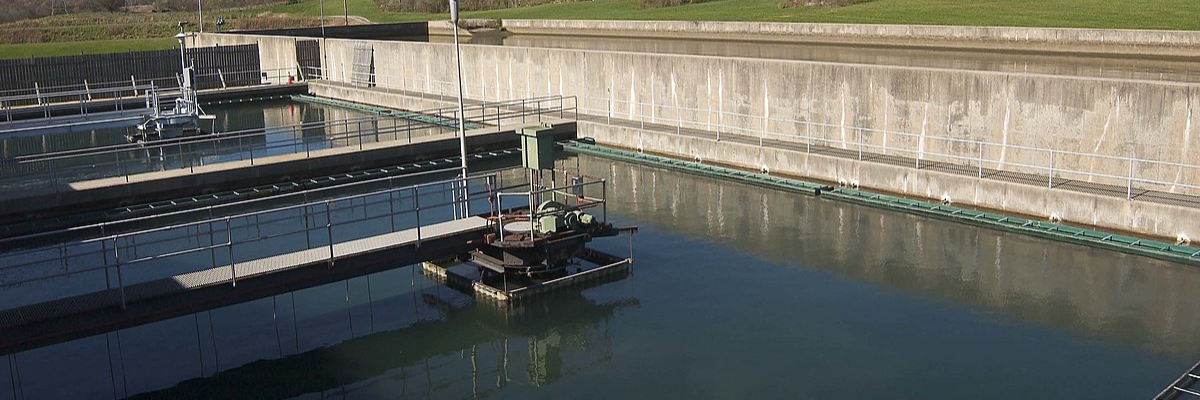Coagulation and flocculation are two distinct but interrelated processes in water treatment, often used together to remove suspended solids, particles, and contaminants. While both processes aim to aggregate particles for easier removal, they operate in different ways and at different stages of treatment.
1. Coagulation
- Definition: Coagulation is the process of adding chemicals (coagulants) to water to neutralize the electrical charges of suspended particles. This destabilization allows the fine particles, which are usually negatively charged and repel each other, to come closer and form small clumps.
- Purpose: The primary goal of coagulation is to neutralize particle charges and initiate the aggregation process, preparing the particles for the next stage—flocculation.
- How It Works:
- Coagulants such as aluminum sulfate (alum), ferric chloride, or polyaluminum chloride (PAC) are added to the water.
- These coagulants destabilize the suspended particles by neutralizing their surface charges.
- The destabilized particles begin to collide and form small micro-flocs, though they are still too small to settle or be easily filtered.
- Key Chemicals Used:
- Alum (Aluminum Sulfate)
- Ferric Chloride
- Polyaluminum Chloride (PAC)
- Lime
- Effectiveness: Coagulation is particularly useful for removing very fine particles, colloids, and dissolved organic matter that cannot be removed by filtration or sedimentation alone.
- Stage in Treatment: Coagulation is the first step in the particle aggregation process.
2. Flocculation
- Definition: Flocculation is the process of gently mixing the water to encourage the small micro-flocs formed during coagulation to collide and stick together, creating larger, visible particles known as flocs.
- Purpose: The goal of flocculation is to form larger flocs that can be easily removed by sedimentation or filtration.
- How It Works:
- After coagulation, a flocculant is added to the water, and the water is gently stirred.
- Flocculants are often long-chain polymers that help bind the small micro-flocs into larger aggregates.
- The water is stirred slowly and uniformly to prevent the flocs from breaking apart while they grow larger.
- The larger flocs are heavy enough to settle at the bottom of a sedimentation tank or be removed via filtration.
- Key Chemicals Used:
- Polymers (e.g., anionic or cationic polymers)
- Natural Flocculants (such as starch or chitosan, in some eco-friendly processes)
- Effectiveness: Flocculation is effective for growing flocs to a size where they can settle by gravity or be captured by filters, making it easier to remove suspended particles.
- Stage in Treatment: Flocculation is the second step, following coagulation.
Key Differences between Coagulation and Flocculation
| Aspect | Coagulation | Flocculation |
|---|---|---|
| Purpose | To destabilize suspended particles by neutralizing their charges. | To aggregate destabilized particles into larger flocs. |
| Process | Involves the addition of coagulants to neutralize particle charges. | Involves gentle mixing and the addition of flocculants to form larger flocs. |
| Chemicals Used | Coagulants like alum, ferric chloride, PAC. | Flocculants like polymers (anionic/cationic), starch, chitosan. |
| Particle Size | Forms small, micro-sized particles (micro-flocs). | Grows micro-flocs into larger, visible flocs. |
| Mixing | Rapid mixing to distribute coagulant evenly. | Slow, gentle mixing to encourage floc growth. |
| Stage in Treatment | First step in particle aggregation (before flocculation). | Second step in particle aggregation (after coagulation). |
| Effectiveness | Effective in destabilizing fine, colloidal particles. | Effective in forming large flocs for sedimentation or filtration. |
| Duration | Short, fast process to neutralize particle charges. | Longer process requiring slow mixing to grow flocs. |
Importance of Both Processes
- Coagulation is necessary for destabilizing particles that are too small to settle on their own. Without coagulation, the particles in water would remain suspended and difficult to remove.
- Flocculation ensures that these destabilized particles grow large enough to be effectively removed during sedimentation or filtration. Without flocculation, even after coagulation, particles would remain too small to settle quickly or be trapped by filters.
In combination, coagulation and flocculation are critical for removing suspended solids, improving water clarity, and ensuring the effectiveness of subsequent treatment processes like sedimentation and filtration.


Recent Comments